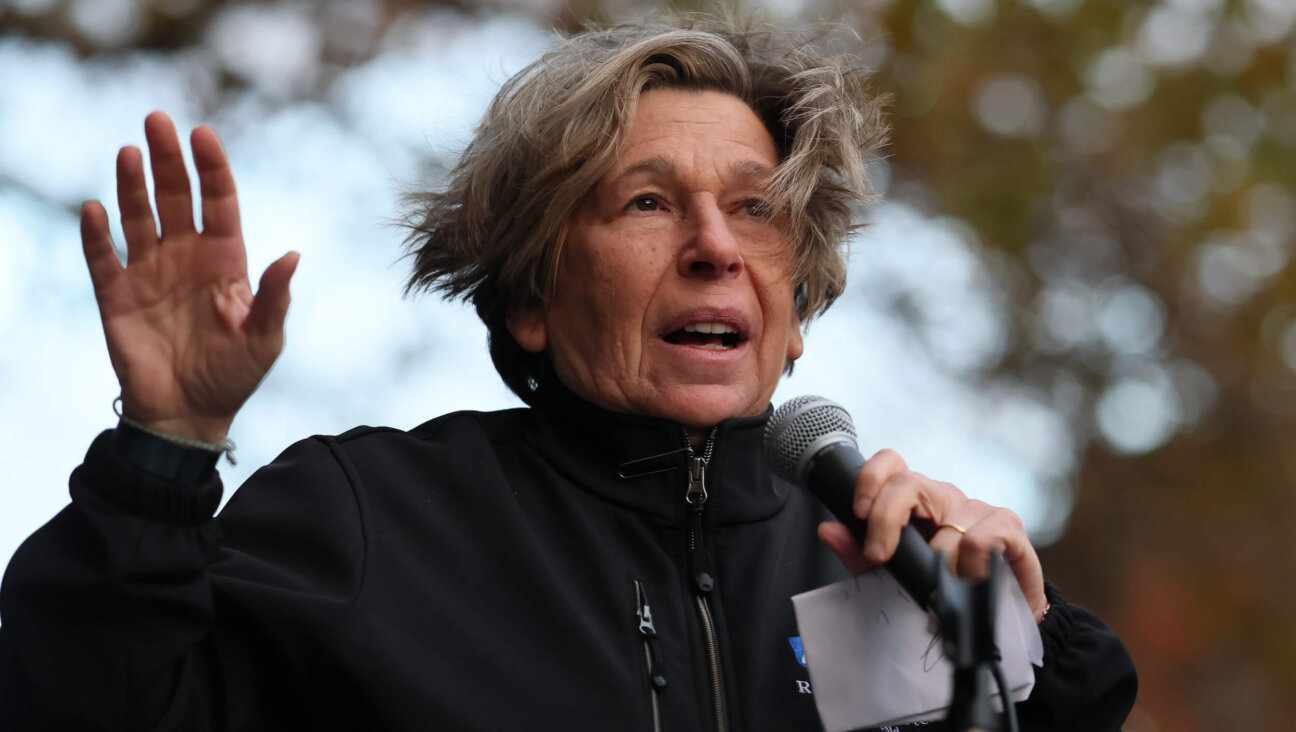Actually, The Intifadas Were Nonviolent Uprisings, Too

Image by Getty Image
Dear Editor,
In your interesting article on P is for Palestine, you described the First and Second Intifadas as violent uprisings. They were also nonviolent. Indeed, Palestinians have long engaged in the nonviolent protest of Zionism, from petitioning the King Crane Commission to engaging in BDS. In the First Intifada, experts in nonviolent, non-cooperation such as Mubarak Awad led Palestinians in marches while shopkeepers observed strikes and even married couples avoided lavish public parties (haflas) as a form of solidarity. The government deported Awad, but the tradition of nonviolence continued, and eventually led to the growth of the BDS movement, especially for Protestant Palestinian advocates of non violence whom I first met while living in Beit Safafa in 1992. The omission of the nonviolent aspect of Palestinian uprisings is important since it erases an important part of Israeli-Palestinian history and hides stories of what might have been.
Edward Curtis is a professor at Indiana University School of Liberal Arts.
















